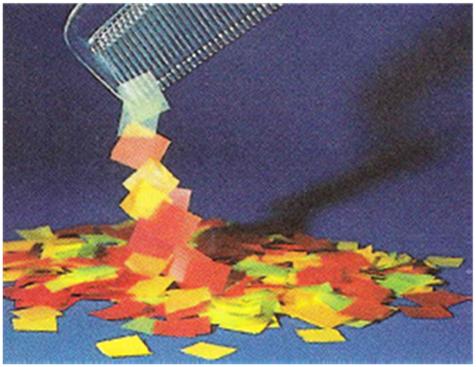
Week 1: Introduction, Electric Charge properties, Conductors and Insulators, Charge Quantization, Charge Conservation, Check points, Questions
In dry weather, you can produce a spark by walking across certain types of carpet and then bringing one of your fingers near a metal doorknob, metal faucet, or even a friend. You can also produce multiple sparks when you pull, say, a sweater from your body or clothes from a dryer. Sparks and the "static cling" of clothing are usually just annoying. However, if you happen to pull off a sweater and then spark to a computer, the results are more than just annoying. These examples reveal that we have electric charge in our bodies, sweaters, carpets, doorknobs, faucets, and computers. In fact, every object contains a vast amount of electric charge.
After reading this chapter, you should be able to . . .
- Distinguish between being electrically neutral, negatively charged, and positively charged and identify excess charge.
- Distinguish between conductors, nonconductors (insulators), semiconductors, and superconductors.
- For either of the particles in a pair of charged particles, apply Coulomb’s law to relate the magnitude of the electrostatic force, the charge magnitudes of the particles, and the separation between the particles.
- Identify that a shell of uniform charge attracts or repels a charged particle that is outside the shell as if all the shell’s charge were concentrated as a particle at the shell’s center.
- Identify that if a charged particle is located inside a shell of uniform charge, there is no net electrostatic force on the particle from the shell.
- Identify that the charge of a particle or object must be a positive or negative integer times the elementary charge.
- Identify that in any isolated physical process, the net charge cannot change (the net charge is always conserved).
- Identify an annihilation process of particles and a pair production of particles.



